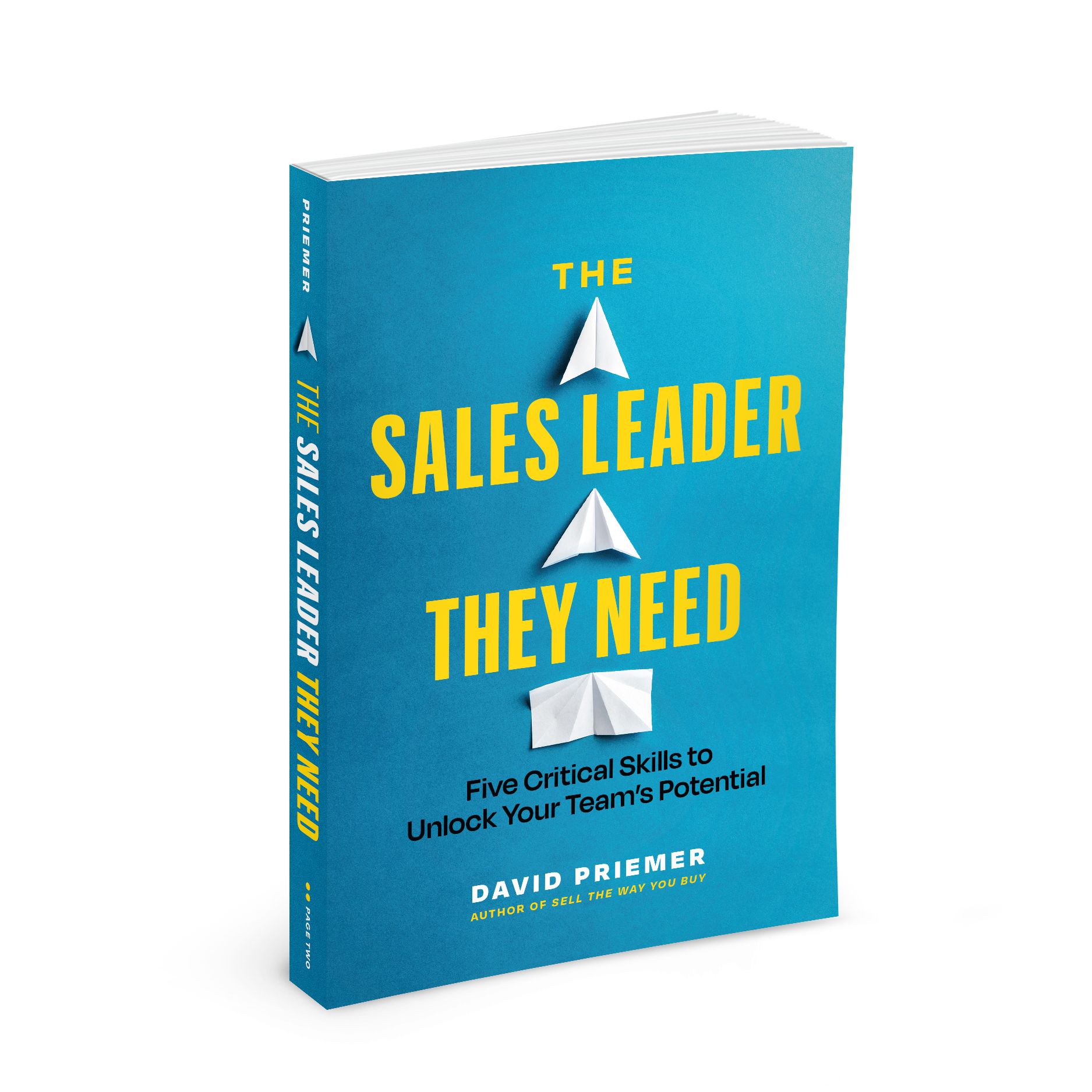3 Declarations to Help You Develop the Ultimate Discovery Mindset
In a recent post, I discussed how confirmation bias (AKA “happy ears”) is the silent killer when it comes to sales discovery. In short, “happy ears” robs us of our objectivity and causes us to hold on to bad fit opportunities for too long. It also prevents us from uncovering critical insights in good fit opportunities. One of the best ways to combat this is to assume the mindset of the healthy skeptic. Someone who wants to believe the customer is a good fit for their solution but goes into the discovery assuming they’re not.
If you’re struggling to muster this mindset, here are three counter-intuitive declarations you can make to your customer (out loud) during the discovery process that will immediately help you find that much-needed resolve and come out of the discovery with killer insights!
1. “This isn’t for everyone”
What do you mean this isn’t for everyone?!? You’re the salesperson. Isn’t your job to convince everyone that your solution is a great fit for the problem they’re looking to solve? NO!!! Back at my third start-up we actually had a slide in our first call deck entitled “This Isn’t for Everyone” where we cited the select, market-leading and forward-thinking organizations our solution was best suited for. This counter-intuitive, exclusionary approach was magic! Why? Because it both catches your audience off guard and the polarizing statement actually forces them to self-select in to wanting your solution.
In fact, the same approach has been used by infomercial producers in recent years with massive success. Instead of ending their pitch with the familiar “operators are standing by”, they’ve moved to the more inconvenient “if operators are busy, please call again”. The former gives the impression that operators are hanging out being bored because no one is calling. The latter gives the impression of high uptake and social proof! The same thing happens when you declare “this isn’t for everyone”. Your customer will become immediately curious and either provide evidence as to why they feel they fit your ideal customer profile or provide additional, critical insights to move them up or out of the discovery phase.
Here’s a short video that illustrates how to use this declaration.
…and another bonus video about why you should be using it more.
2. “I don’t know yet”
Haven’t you seen tons of customers like this before? Can’t your wealth of experience immediately help determine whether or not your solution is a good fit for them? NO!!! While there are likely similarities between the types of customers that can be successful with your solution, the functional, budgetary, and political landscape of each customer is unique. While on the surface the fit may seem promising, don’t short-circuit the discovery process by jumping to hasty conclusions. If there’s a critical piece of information you’re after, invoking this statement can be just the thing to secure it.
For example, suppose the successful deployment of your solution typically hinges on your ability to integrate with the customer’s email marketing platform. When the customer asks if you think your solution is a fit for them, you can respond with “I don’t know yet. Typically our solution works best when we’re able to integrate with your email marketing platform. Is that something we’ll be able to do? Have you seen it done with other vendors you’ve worked with? Who would need to sign off on that?”. While many of us would like to provide instantaneously positive feedback during the discovery process, holding back your approval pending deeper discovery can often be the gateway to the critical insights you’re after.
Here’s another short video that illustrates how to use this declaration.
3. “I’m not sure you have a big enough problem”
Wait? What?!? If your solution can solve the business problem the customer has, shouldn’t you be jumping all over them to move forward? No!!! Your solution not only costs money but will require a certain amount of the customer’s organizational focus to deploy it successfully. If your solution costs $50K per year but the magnitude of the problem your customer is looking to solve is only a $20K per year, even if your solution is a great fit, there’s a high likelihood they will ultimately decide not to move forward simply based on the ROI. Similarly, if the ROI is solid but the organizational resources required to deploy it are focused elsewhere, there’s a good chance the project might not get approved or stall. That doesn’t mean you should make this declaration then drop the mic. Rather, use it as a catalyst to gain better insights through deeper discovery.
For example, as you’re working through your discovery process if you have concerns in this area you can say something like, “It looks like we’re a great fit functionally, but I don’t typically see projects like this get approved unless we can show a 3X return in the first year. Can you help me better understand the financial impact this problem is causing you?” or “I don’t typically see projects like this get approved unless it aligns with one of the organizations top three strategic initiatives. Can you shed some light on what those might be?”.
Here’s another video illustrating this concept.
Many B2B sales organizations believe that discovery is the most critical of all the stages of their sales process. And for good reason. When happy ears and cognitive bias threaten to derail your sales cycle, invoking the mindset of the healthy skeptic can be just what you need to move up or out quickly and confidently. This will not only preserve your sales team’s precious bandwidth but ensure you have a cohort of wildly successful customers to advocate on your behalf.
We promise never to send you junk or share your email! Just helpful sales insights.














Love this trifecta. It really does make a huge difference with the prospect and helps in relationship building.